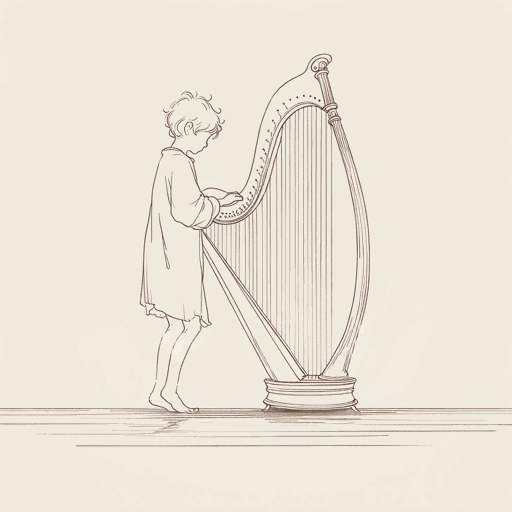51 pages • 1 hour read
Elizabeth Gray ViningAdam of the Road
Fiction | Novel | Middle Grade | Published in 1942A modern alternative to SparkNotes and CliffsNotes, SuperSummary offers high-quality Study Guides with detailed chapter summaries and analysis of major themes, characters, and more.
Background
Historical Context: Situating Adam of the Road in 13th-Century England
Vining has been praised for the accuracy of the historical details in Adam of the Road. Adam’s adventures demonstrate what life looked like for a minstrel in the late 1200s and are deeply rooted in his historical context.
Adam and his father are minstrels. In 13th-century England, minstrels were traveling performers who traveled from town to town to entertain the common people in town centers. Some minstrels, like Roger, were employed by the nobility and performed in courts. Minstrels were one of the few forms of entertainment available to the common people who could not read. A minstrel could be a juggler, an acrobat, a storyteller, a musician, or a combination of these roles. Minstrels were valued not only for the entertainment they provided but also for the news they brought from different places. The Latin root of “minstrel” is “ministerium,” meaning service.
Throughout the book, Adam visits manor houses or mentions villagers working for their lords, providing “boon days,” or days of additional unpaid labor for the lords, often at busy times during the harvest. These are aspects of feudalism, a system of government based on local administration that prevailed in England from the 10th to the 13th century.








